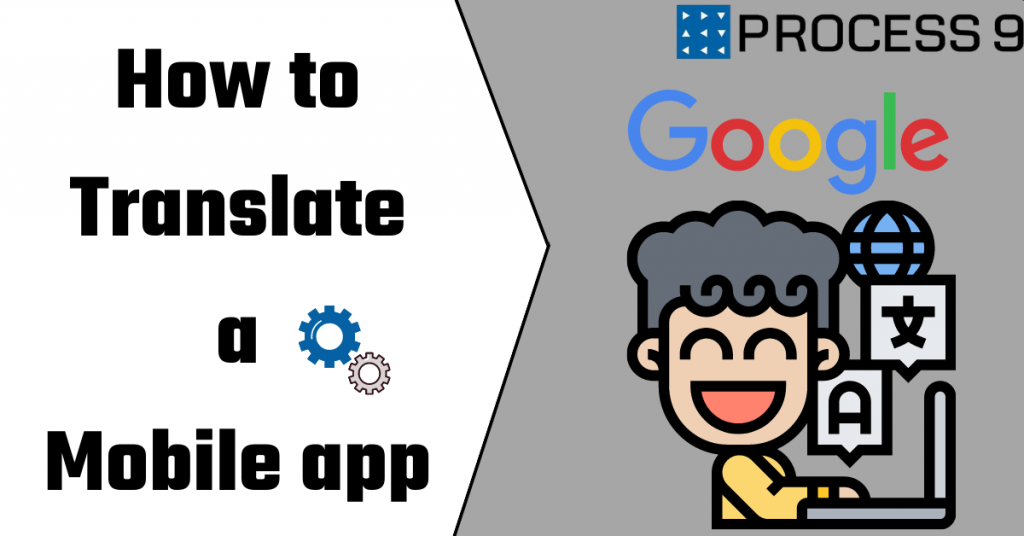Last Updated on June 6, 2024 by Asfa Rasheed
If you’re looking to expand your mobile app’s reach to other countries, you’ll need to translate it into the relevant language or languages. This can be a daunting task, but with the help of AI-powered translation software, it can be much easier than you think!
Why should you translate your mobile app?
If you’re looking to expand your customer base and reach new markets, translating your mobile app into other languages is a great way to do it. Not only will it make your app more accessible to users who don’t speak English, but it can also help improve your app’s ranking in foreign app stores.
There are a few things to keep in mind when translating your app, such as making sure that the translation is accurate and culturally relevant. But with a little planning and care, you can ensure that your translated app is a success in any language.
What are the benefits of translating your mobile app?
There are many benefits to translating your mobile app into other languages. Perhaps the most obvious benefit is that it allows you to reach a wider audience. If your app is only available in English, you’re limiting yourself to users who speak that language. However, if you make your app available in multiple languages, you can reach users all over the world.
In addition to increasing your potential user base, translating your app can also help you better serve existing users. For example, if you have users who speak different languages, they may be more likely to use your app if it’s available in their own language. This can help improve customer satisfaction and loyalty.
Finally, translating your mobile app can also help boost your bottom line. Studies have shown that users are more likely to make in-app purchases when they’re using an app in their native language. So if you want to maximize your revenue, making your app available in multiple languages is a smart move.
How to go about translating your mobile app?
Assuming you’ve already got your app built and available in one language, you’ll need to start by identifying which other languages you want to support. Once you’ve done that, you’ll need to find a mobile app translation company that can help you translate your app’s text, images, and interface into those languages.
There are a few different ways to approach this: you can use machine translation, hire a professional translation company, or use a combination of both. Machine translation can be a quick and cost-effective way to get started, but it’s important to remember that it’s not always accurate..
Once you’ve translated your app, you’ll need to test it to make sure everything is working as it should. This is especially important if you’re using machine translation, as there may be some errors that didn’t show up in the original text. Testing can be done by hiring testers who speak the languages you’re supporting, or by using automated testing tools.
Once your app is fully translated and tested, you’ll be ready to launch it in new markets!
Also read:- eehhaaaa
What are some things to keep in mind when translating your mobile app?
- Keep your target audience in mind – who are you translating for?
- Be aware of any cultural differences that might impact how your app is received.
- Make sure to test your app thoroughly in the new language to avoid any embarrassing mistakes.
- Keep an eye on the competition – see what other apps in your category are doing in terms of translations.
- Don’t forget to update your app’s metadata ( descriptions, keywords, etc.) in the new language as well.
Conclusion
Mobile app translation can be a great way to reach new audiences and expand your customer base. By translating your app into other languages, you can make it more accessible to people who speak those languages, and potentially increase your downloads and user engagement. If you’re thinking of translating your app, keep these tips in mind to ensure a successful translation.

